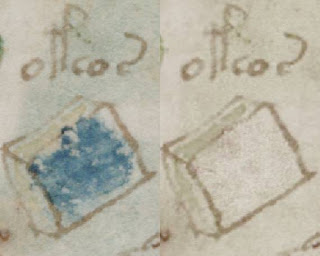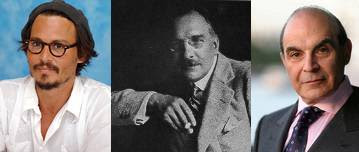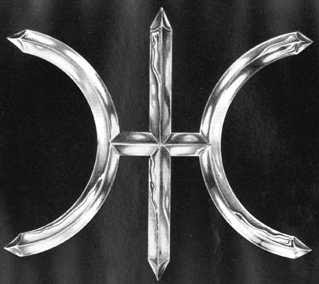My fellow Voynich old-timer Jan Hurych has long been interested in various Prague-linked research strands: after all, Prague was home to the first three properly-documented owners of the Voynich Manuscript (Jacobus de Tepenecz, Georg Baresch, and Johannes Marcus Marci), as well as its most illustrious claimed owner (Holy Roman Emperor Rudolf II).
It is certainly true that Rudolf’s interests and obsessions acted as a powerful magnet to draw wonders from all over Europe to his court. Yet given that the claimed link with John Dee and Edward Kelley is gossamer-thin, it is no less sensible to wonder whether the VMs had been brought to Prague by someone from the town: perhaps someone well-travelled?
I mentioned Rudolf II’s manuscript-collecting astronomer / astrologer / herbalist / physician Tadeás Hájek here recently (who studied in Italy), but Jan Hurych regales me with tales of several others: for one, Hájek’s father (Simon Baccalareus) studied alchemy and collected manuscripts… though what happened to his library after his death is not currently known.
Jan has put together a nice page on one of his favourite Renaissance Czech travelling knights, Krystof Harant de Polzic and Bezdruzic, and his travels from Venice to Crete to Cyprus to the Holy Land to Egypt (etc). But I have to say that if a writer had picked up an intriguing cipher manuscript on their travels, it would be one of the first things they would write about: yet there is no mention. So we can probably rule Harant out, sorry Jan. 🙁
But Jan brings up a rather more full-on Czech Voynich theory, courtesy of Karel Dudek’s Czech webpage (though I used Google Translate, Dudek also put up his own English translation here). Dudek discusses Georg Handsch of Limuz (1529-1578), whose 1563 German translation of Mattioli’s Latin herbal came out a year after Tadeás Hájek’s Czech translation (it even used the same nice woodcuts!) Like Hájek, Handsch was a physician living in Prague, but whose main client was instead Ferdinand II Tyrolský (1529-1595) and his wealthy wife Filipina Welserová (1527-1580).
Dudek got his information from Leopold Selfender’s “Handsch Georg von Limuz – Lebensbild a Arztes aus dem XVI.Jahrenhunderts”: but after a bit of a false start (linking Handsch directly to Baresch, which I doubt would convince anyone), he proposes a possible chain of ownership from Handsch -> Welserová -> Ferdinand II Tyrolský -> Rudolph II -> Jacobus de Tepenecz, before Tepenecz’s estate got looted in the chaos of 1618 and the manuscript somehow ended up with Baresch (with the signature erased).
OK… but why Handsch? Dudek points to the VMs’ botany, and Handsch’s translation of Matthioli’s herbal (though I’d have to say that Hájek fits that bill even better). Dudek also discusses a book by Handsch based on his trips to visit medicinal baths and spas in 1571 called “Die Elbfischerei in Bohmen und Meissen” (eventually published in Prague in 1933), and sees parallels with the VMs’ water section there.
But Dudek gets even more speculative, talking about whether Bartoloměj Welser was financed by Charles V to undertake a (possibly Lutheran?) mission to South America, and drew pictures inspired by exotic plants he saw beside the Orinoco (hey, I thought he was a Womble?)
It’s a good story, but a little lacking in connection to the VMs: and doesn’t really explain why we see (for example) 15th century handwriting in the quire numbers, or even the Occitan-like month names on the zodiac, etc. Perhaps we should really admit that looking for an origin for the VMs in Prague may be a little too hopeful, not dissimilar to the way 19th century German historians’ looked to see if Nicholas of Cusa might secretly have been some kind of Teutonic Leonardo. Nice try… but no cigar.



